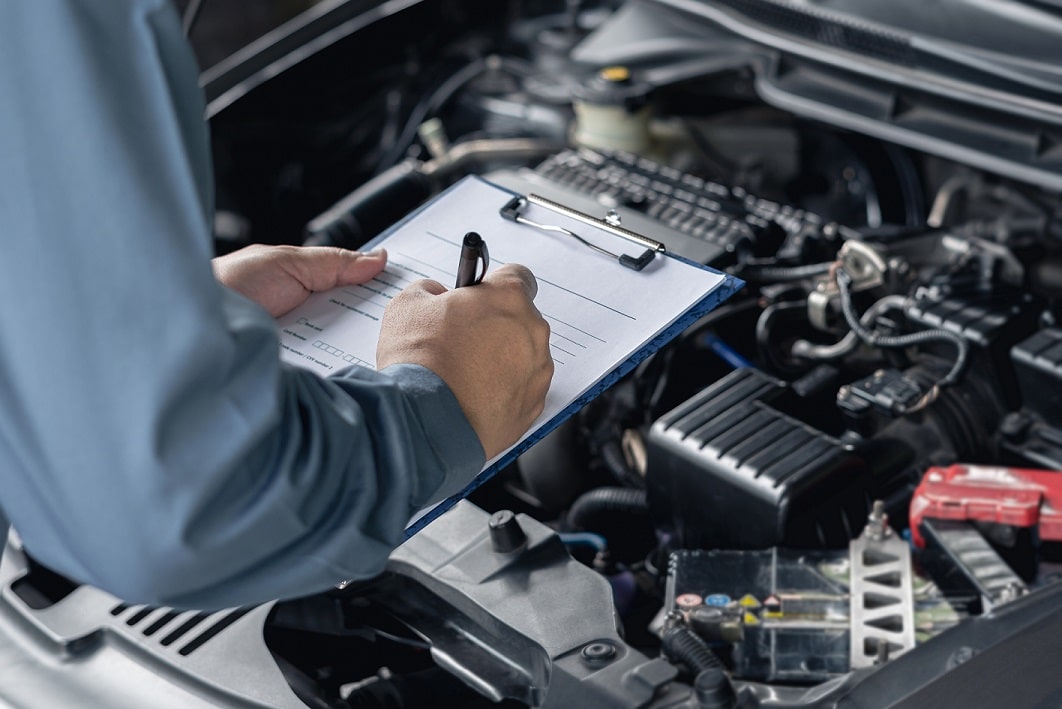All Categories
Featured
Tire rotations are one of the most basic yet most efficient upkeep jobs to guarantee your automobile runs efficiently and safely. This routine service redistributes tire wear, giving various benefits for your automobile's efficiency, safety and security, and your budget.
What Does Tire Turning Involve?
Tire rotation is the procedure of periodically changing the placement of each tire on your vehicle. Front tires might be swapped with rear ones, or tires may be moved diagonally. The particular pattern depends on elements like your automobile's drivetrain (front-wheel, rear-wheel, or all-wheel drive) and the sort of tires you have.
![]()
Why Tire Rotations Are Important
Promotes Also Tread Wear. Different tires birth various amounts of weight and stress depending upon their placement. Because they take care of steering and stopping, front tires often put on faster. Normal turnings cancel the wear, ensuring all four tires have comparable walk depths.
Prolongs Tire Life-span. Uneven wear causes premature tire replacements. Revolving your tires can extend their lifespan, conserving you money over time.
Enhances Lorry Efficiency. Well balanced tires enhance stability, dealing with, and traction. Whether you're catching, braking, or driving on slippery roadways, uniformly worn tires make sure a smoother and more secure driving experience.
![]()
Enhances Gas Effectiveness. Tires with unequal walk wear can create more rolling resistance, which makes your engine job more challenging and consumes more fuel. Regular rotations assist maintain ideal fuel performance.
Makes Sure Safety. Worn tires can compromise braking distance and control. By revolving your tires, you maintain even lower the risk and put on of blowouts or skidding.
Just How Usually Should You Revolve Your Tires?
Specialists recommend rotating your tires every 5,000 to 7,500 miles. A hassle-free technique is to pair tire rotations with oil modifications. Constantly consult your automobile's owner manual for specific guidelines.
Usual Turning Patterns
Turning patterns depend on your car's drivetrain and tire type:
Front-Wheel Drive (FWD): Front tires relocate to the rear, and back tires cross to the front.
Rear-Wheel Drive (RWD): Rear tires move to the front, and front tires cross to the rear.
All-Wheel Drive (AWD): Tires follow an "X" pattern to make certain balanced wear.
Directional Tires: These tires must stay on the very same side of the lorry and are swapped front to rear.
Signs Your Tires Need Rotation
Uneven tread wear.
![]()
Lowered fuel performance.
Resonances while driving, especially at high rates.
Trouble taking care of the car in adverse weather condition problems.
Last Ideas
Tire turnings are a very easy way to secure your financial investment and improve your driving experience. By rearranging wear, you can expand the life of your tires, improve gas effectiveness, and ensure your security on the roadway. Set up normal tire rotations with a relied on auto mechanic and make it a regular part of your vehicle's maintenance regimen.
What Does Tire Turning Involve?
Tire rotation is the procedure of periodically changing the placement of each tire on your vehicle. Front tires might be swapped with rear ones, or tires may be moved diagonally. The particular pattern depends on elements like your automobile's drivetrain (front-wheel, rear-wheel, or all-wheel drive) and the sort of tires you have.

Why Tire Rotations Are Important
Promotes Also Tread Wear. Different tires birth various amounts of weight and stress depending upon their placement. Because they take care of steering and stopping, front tires often put on faster. Normal turnings cancel the wear, ensuring all four tires have comparable walk depths.
Prolongs Tire Life-span. Uneven wear causes premature tire replacements. Revolving your tires can extend their lifespan, conserving you money over time.
Enhances Lorry Efficiency. Well balanced tires enhance stability, dealing with, and traction. Whether you're catching, braking, or driving on slippery roadways, uniformly worn tires make sure a smoother and more secure driving experience.

Enhances Gas Effectiveness. Tires with unequal walk wear can create more rolling resistance, which makes your engine job more challenging and consumes more fuel. Regular rotations assist maintain ideal fuel performance.
Makes Sure Safety. Worn tires can compromise braking distance and control. By revolving your tires, you maintain even lower the risk and put on of blowouts or skidding.
Just How Usually Should You Revolve Your Tires?
Specialists recommend rotating your tires every 5,000 to 7,500 miles. A hassle-free technique is to pair tire rotations with oil modifications. Constantly consult your automobile's owner manual for specific guidelines.
Usual Turning Patterns
Turning patterns depend on your car's drivetrain and tire type:
Front-Wheel Drive (FWD): Front tires relocate to the rear, and back tires cross to the front.
Rear-Wheel Drive (RWD): Rear tires move to the front, and front tires cross to the rear.
All-Wheel Drive (AWD): Tires follow an "X" pattern to make certain balanced wear.
Directional Tires: These tires must stay on the very same side of the lorry and are swapped front to rear.
Signs Your Tires Need Rotation
Uneven tread wear.

Lowered fuel performance.
Resonances while driving, especially at high rates.
Trouble taking care of the car in adverse weather condition problems.
Last Ideas
Tire turnings are a very easy way to secure your financial investment and improve your driving experience. By rearranging wear, you can expand the life of your tires, improve gas effectiveness, and ensure your security on the roadway. Set up normal tire rotations with a relied on auto mechanic and make it a regular part of your vehicle's maintenance regimen.
Latest Posts
Reliable Auto Care for Every Make & Model: Your One-Stop Shop in Montclare
Published Apr 22, 25
2 min read
Auto Repair Services: Comprehensive Vehicle Care & Fixes !
Published Apr 22, 25
2 min read
Tiki Bar: A Preference of the Tropics
Published Apr 22, 25
1 min read